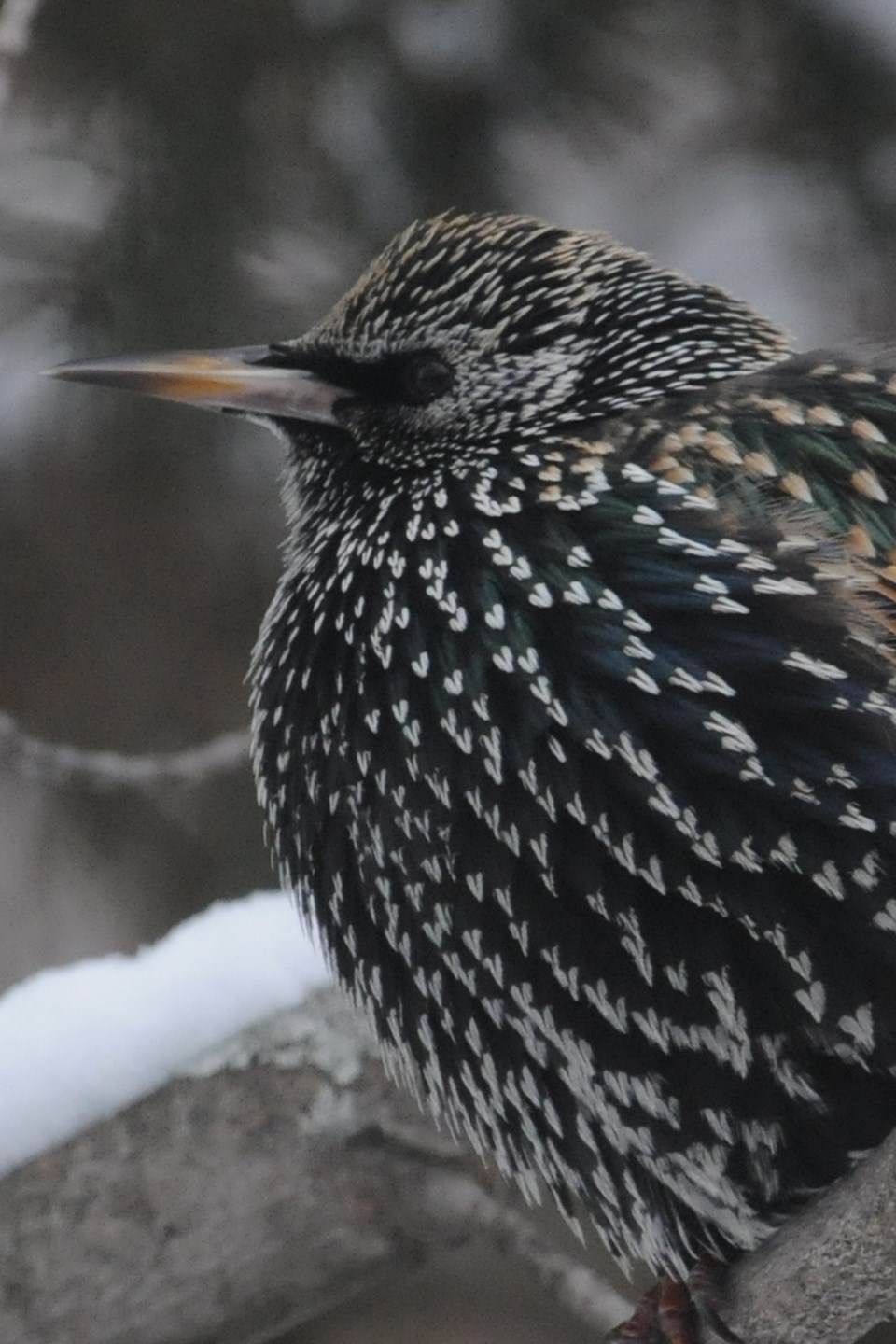This week's story started out to be about European starlings, those somewhat despicable birds that insist on nesting in your mailbox, over the porch entrance, or wherever a deficiency in the exterior of your house occurs. However, as oft occurs when one does research on a subject, distractions happen. This is such a story.
Over in Paris, France, back in 1849, a naturalist whose moniker was Isidore Geoffroy Saint-Hilaire, published a paper entitled "Acclimatization and Domestication of Useful Animals". This treatise urged the government to obtain and selectively breed foreign animals that may prove to be tasty or useful in some manner. In 1854 the Societe zoologique d'acclimatation was formed to undertake this ambitious project, and they had some successes. Success breeds imitation and soon other clubs had formed around the world wherever European emigrants had re-established themselves.
And so it came to pass that, in 1864, New York City had wealthy naturalists that subscribed to this notion of assisted migrations and had been haphazardly bringing over species of plants and animals and releasing them to 'colonize' North America. They formalized in 1871, calling themselves the American Acclimatization Society; in 1877 the group elected a new chairman, a pharmacist by the name of Eugene Schieffelin, who brought a coordinated action to the group.
There is an interesting rumour that Eugene wanted to import every species of bird that William Shakespeare referred to within his many plays and writings. A few years earlier, the English sparrow had been successfully released, so this buoyed them to continue down the list. Up next, European starlings.
Sixty starlings imported from Great Britain were let out their cages in Central Park in 1890 by Mr. Schieffelin and his avid cohorts, and a further 40 the following year. Everyone waited with abated breath to see if the birds could actually survive and reproduce (a few earlier releases of starlings by other individuals had failed to achieve the goal). It took six years, but a nest was finally discovered, right across the street in the eaves of the Museum of Natural History. I don't think civilized members of society 'high-fived' each other in the 1890's, but jubilation was felt within the Society.
As with any successful invasive species, the European starling quickly gained population momentum and began spreading out from the confines of Manhattan. Within 30 years the birds had become common over to the Mississippi, and the next couple of decades saw them hit California. In 60 years, the European starling population in North America went from 100 released birds to an estimated 50 million!
In our area, the first record of a starling was from Barrie, when on February 12, 1921 Dr. E. L. Brereton saw and heard one singing on Bradford Street. This was the first observation of a starling in Simcoe County or anywhere north of Toronto; it would be two more years before the next starling was sighted in Barrie. This notation is from O. E. Devitt's book "The Birds of Simcoe County, Ontario", and there are further references that Orillia had its first record of a starling nest in 1925; and on July 1, 1927 several were seen near Marl Lake over Collingwood way.
Yes, the European starling was definitely here to stay, bolstered by a population that numbered in the high millions. However, despite Eugene Schieffelin's 'good intentions' this bird species had become a scourge upon the land. They threw other cavity nesting birds such as bluebirds, flickers, red-headed woodpeckers, sapsuckers, and kestrels out of their hollow homes; they destroyed acres of crops; and eventually started spreading human-harmful diseases. Starlings are also a vector in spreading invasive plants such as glossy buckthorn (a shrub that can over-run a wetland).
Tragically, in 1960, a flock of 10,000 starlings flew directly into the engines of a Lockheed airplane as it took off from a Boston airport, causing the deaths of 62 people. This was equal to a declaration of war to Americans, who responded by poisoning and shooting any starling seen in the open. Balloons and owl decoys were set up around airports to no avail. Grease was slathered on roosting trees in hopes the birds would carry the sticky goo back to the eggs in their nests. In California starlings were irradiated with cobalt-60. Live electrical wires were hung on government buildings on and around the White House. Yet the birds survived, and thrived, due to their awesome high population.
Only in the past few years has there been a drop in starling numbers, thought to be a result of the decrease of agricultural lands. As old wooden barns fall down (great nesting site) and pesticide chemicals kill bugs before starlings can eat them, the birds are re-grouping. Similar fate is with English sparrows, which were once a very common bird of town and country.
And so it goes, this human-based interference with natural history: you win some and lose most. The trouble with importing species to new areas (either intentionally or accidently) the lessons are best learned from hindsight ... and seldom applied to foresight. Assisted migration is once again a topic being discussed amongst ecologists and naturalists, this time trying to outrace climate change. Will efforts to move species into new regions prove successful? It would be interesting to ask Mr. Schieffelin.
